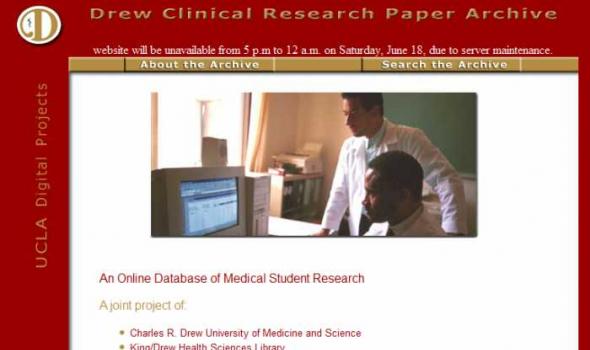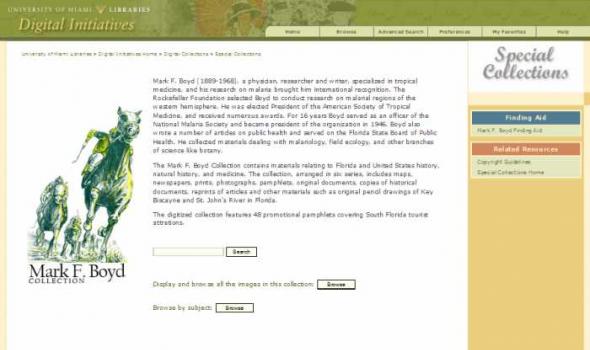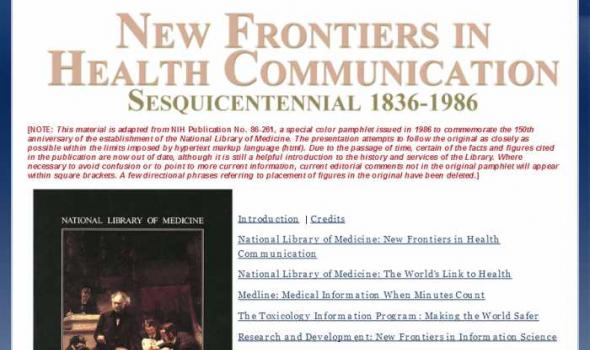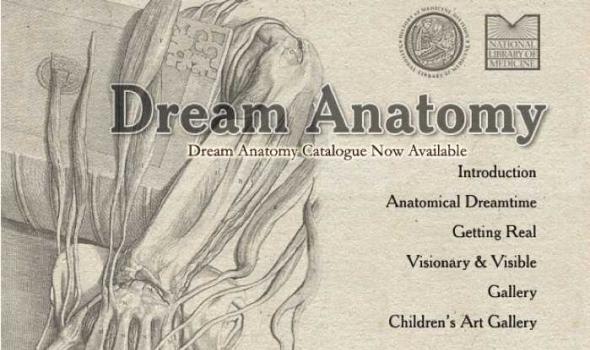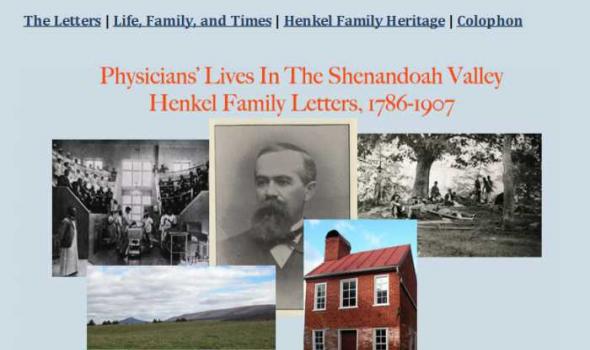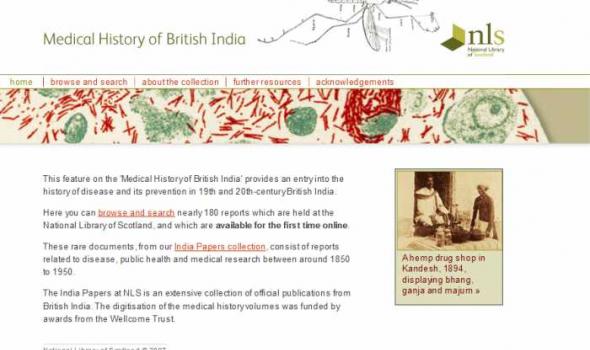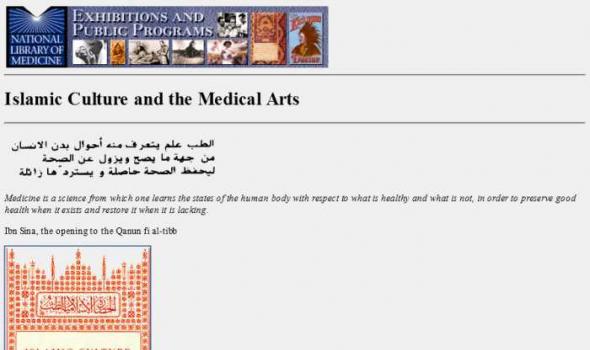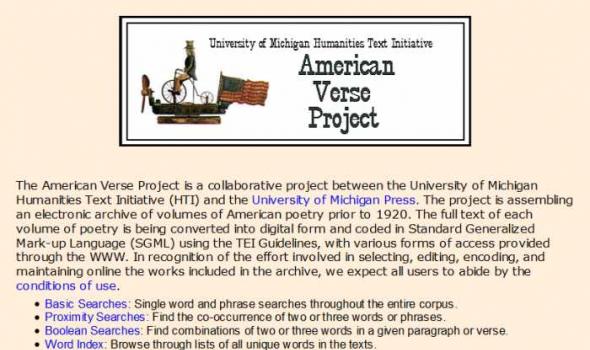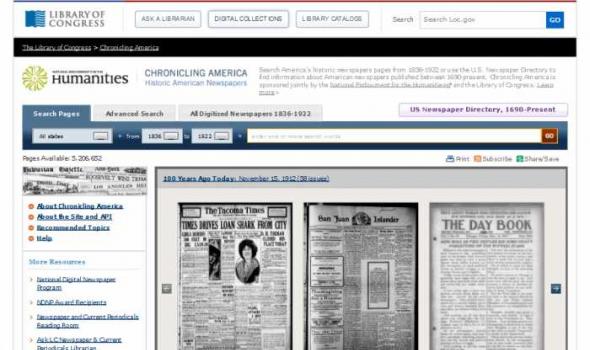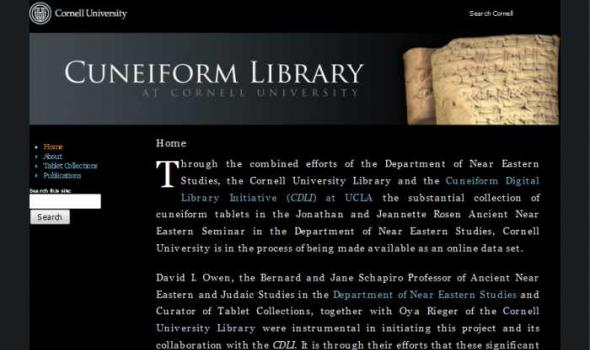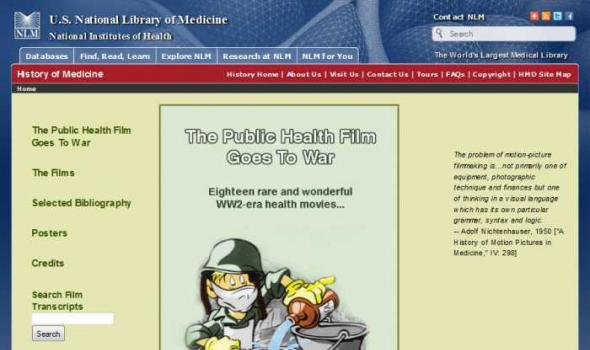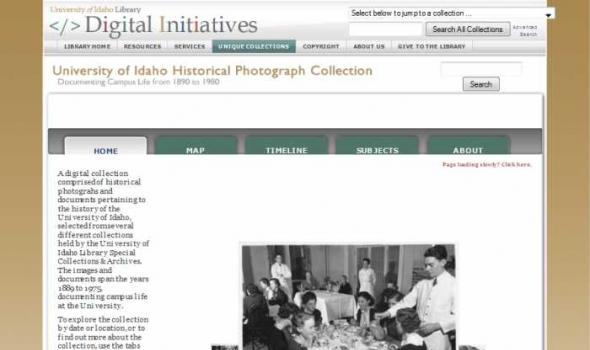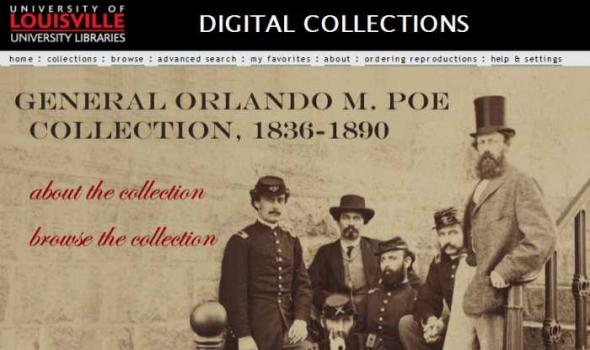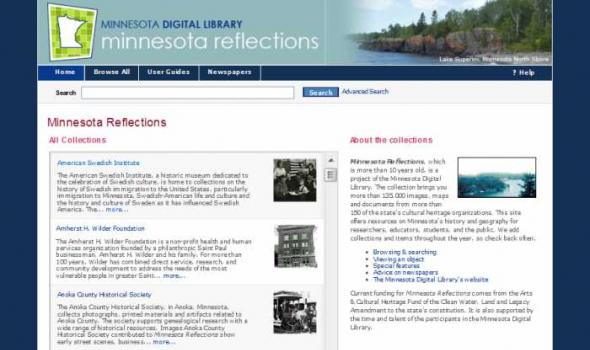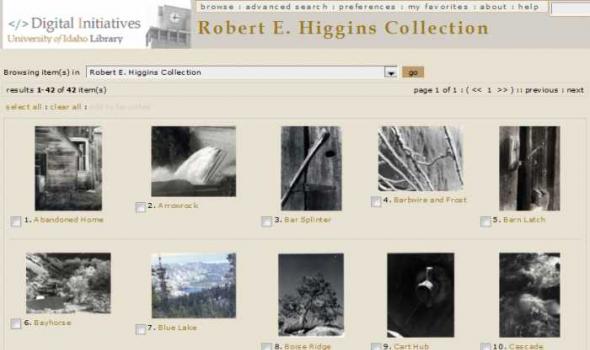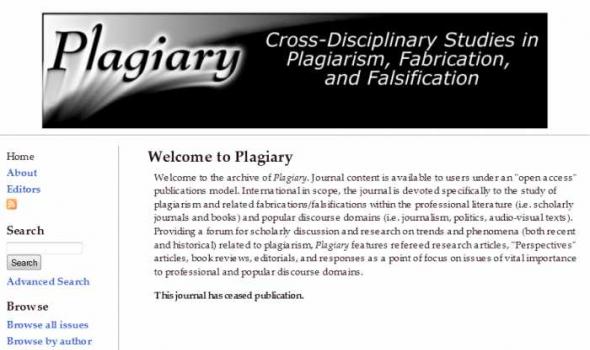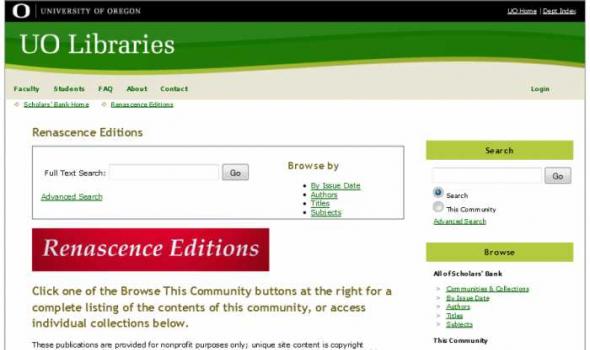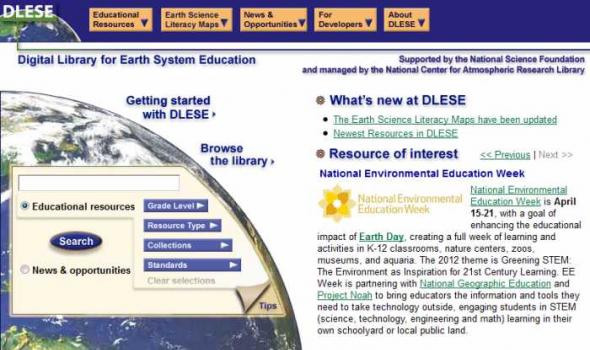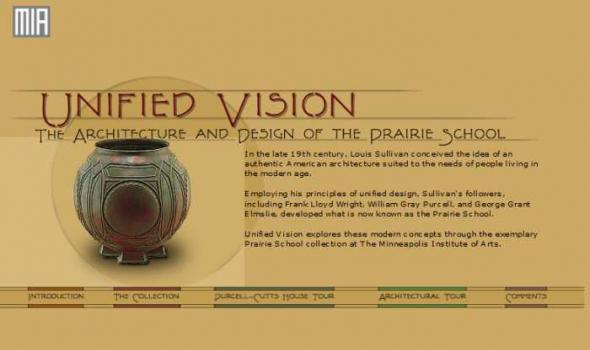Category: Medical research
Results
Students in the Drew/UCLA medical program conduct an original research project related to the Primary Care program as part of their graduation requirements. The research projects generally grow from the students experiences in the Primary Care program continuity clinic that the students attend throughout their third year. During this year, students develop their research question, write a protocol, and obtain IRB approval for their research. Research is mainly conducted throughout the 4th year, culminating in a research paper and presentation at a student research colloquium. This research program will be transforming into a full medical thesis program beginning with the class of 2004.
Mark F. Boyd (1889-1968), a physician, researcher and writer, specialized in tropical medicine, and his research on malaria brought him international recognition. The Rockefeller Foundation selected Boyd to conduct research on malarial regions of the western hemisphere. He was elected President of the American Society of Tropical Medicine, and received numerous awards. For 16 years Boyd served as an officer of the National Malaria Society and became president of the organization in 1946. Boyd also wrote a number of articles on public health and served on the Florida State Board of Public Health. He collected materials dealing with malariology, field ecology, and other branches of science like botany. The Mark F.
History of Medicine Instruction in Surgery. Five physicians and their colleagues in the surgical amphitheatre of the Massachusetts General Hospital watch as the anesthetist administers ether to a patient who is about to have surgery. This illustration appeared in an 1889 issue of Harper's Weekly . The National Library of Medicine was originally established 150 years ago, in 1836, as the Library of the Army Surgeon General's Office. Perhaps the key event in the library's history occurred in 1865, when Dr. John Shaw Billings became director. For the next 30 years he worked tirelessly to expand the library's holdings and open it as a source of biomedical information for all physicians.
History of Medicine Introduction This Guide to Collections relating to the History of Artificial Organs is a review of materials located in known repositories as well as private and corporate holdings worldwide. This guide is an introduction, not an inventory, to the papers, records, films, tapes, interviews and artifacts relevant to the history of artificial organ developments. Purpose of the Guide This Guide is intended to serve many purposes. It marks an essential first step towards preserving the documentary history of artificial organ developments in the United States and abroad. It is intended to bring attention to the need to preserve recent medical science history before documents and devices are lost.
Introduction: Dream Anatomy The interior of our bodies is hidden to us. What happens beneath the skin is mysterious, fearful, amazing. In antiquity, the body's internal structure was the subject of speculation, fantasy, and some study, but there were few efforts to represent it in pictures. The invention of the printing press in the 15th century-and the cascade of print technologies that followed-helped to inspire a new spectacular science of anatomy, and new spectacular visions of the body. Anatomical imagery proliferated, detailed and informative but also whimsical, surreal, beautiful, and grotesque — a dream anatomy that reveals as much about the outer world as it does the inner self.
The History of Medicine Division of the National Library of Medicine has a rich collection of illustrated anatomical atlases dating from the 15th to the 20th century. The Historical Anatomies on the Web Project has been designed to broaden access to this collection by providing high-resolution downloadable scans of selected important images from the atlases. Atlases and images have been chosen for their historical and artistic significance by the project's content coordinator, Michael North. Important images may be omitted if the atlas is damaged or fragile, or if the work is bound in such a way as to impede high quality scanning. A priority has been placed upon scanning the earliest and/or the best edition of a work in Library's possession. The scans generally omit text.
The Donald S. Fredrickson Papers Donald Fredrickson (1924-2002) was an American physiologist and biomedical research leader who made significant contributions to medicine over the course of four decades. Fredrickson's system of classification of abnormalities in fat transport was adopted by the World Health Organization as an international standard for identifying increased risks of coronary artery disease linked to the consumption of fats and cholesterol. He also discovered two genetic diseases caused by disorders in lipid metabolism.
History of Medicine Canine Heroes and Medals During the Second World War, medical researchers and antivivisectionists drafted animals, primarily dogs, as partisans in the struggle over animal experimentation. With the rise of Cold War, pervasive anticommunism and fears of atomic annihilation moved animals and animal experimentation to center stage, mediating fierce conflicts over medical research and international politics. 22 May 2009
History of Medicine John Ballard Blake, Ph.D. Historian John Blake made significant contributions to the field of medical history. He was educated at Yale, BA, 1943, with Honors in History, Harvard, MA, 1947, and Ph.D., 1954, in American history. He was among the first generation of historians of medicine to come out of history departments, rather than clinical medicine, and he helped integrate the subject into the broader field of social history. His interests were primarily the history of public health in America and women’s history. His books and articles dealt with public health in 18th and early 19th century Boston, medicine in colonial America, and women and medicine in 19th century America.
History of Medicine The Man Stanley Jablonski said that he had a natural curiosity and that he liked to go into depth with things. With such a predisposition it’s no surprise that he developed into an accomplished, some say unequalled, indexer. Born in Poland, Jablonski eventually made his way to America. In 1949 he was hired by Claudius Mayer as an indexer in the Army Medical Library’s Bibliographic Services Division. Though he lacked the advanced education of most of his peers, Stanley excelled at his work and was rewarded with recognition and advancement. He could index medical literature in 10 languages. In 1955 he conceived a project to produce a bibliography of Slavic medical literature produced in the previous decade.
History of Medicine The Letters | Life, Family, and Times | Henkel Family Heritage | Colophon , , , , U.S. National Library of Medicine, 8600 Rockville Pike, Bethesda, MD 20894 , Last reviewed: 26 July 2011 Last updated: 26 July 2011 First published: 14 June 2010 | : Permanent: Dynamic Content
The Medical History of British India collection consists of official publications varying from short reports to multi-volume histories related to disease, public health and medical research between circa 1850 to 1920. These documents form invaluable source material for the reconstruction of the history of disease and medicine in British India. Although a large section of it has an all-India scope, the collection is especially rich in documents related to Bombay and the Punjab. The Bombay plague of 1896-1899, one of the severest outbreaks, is particularly well covered.
